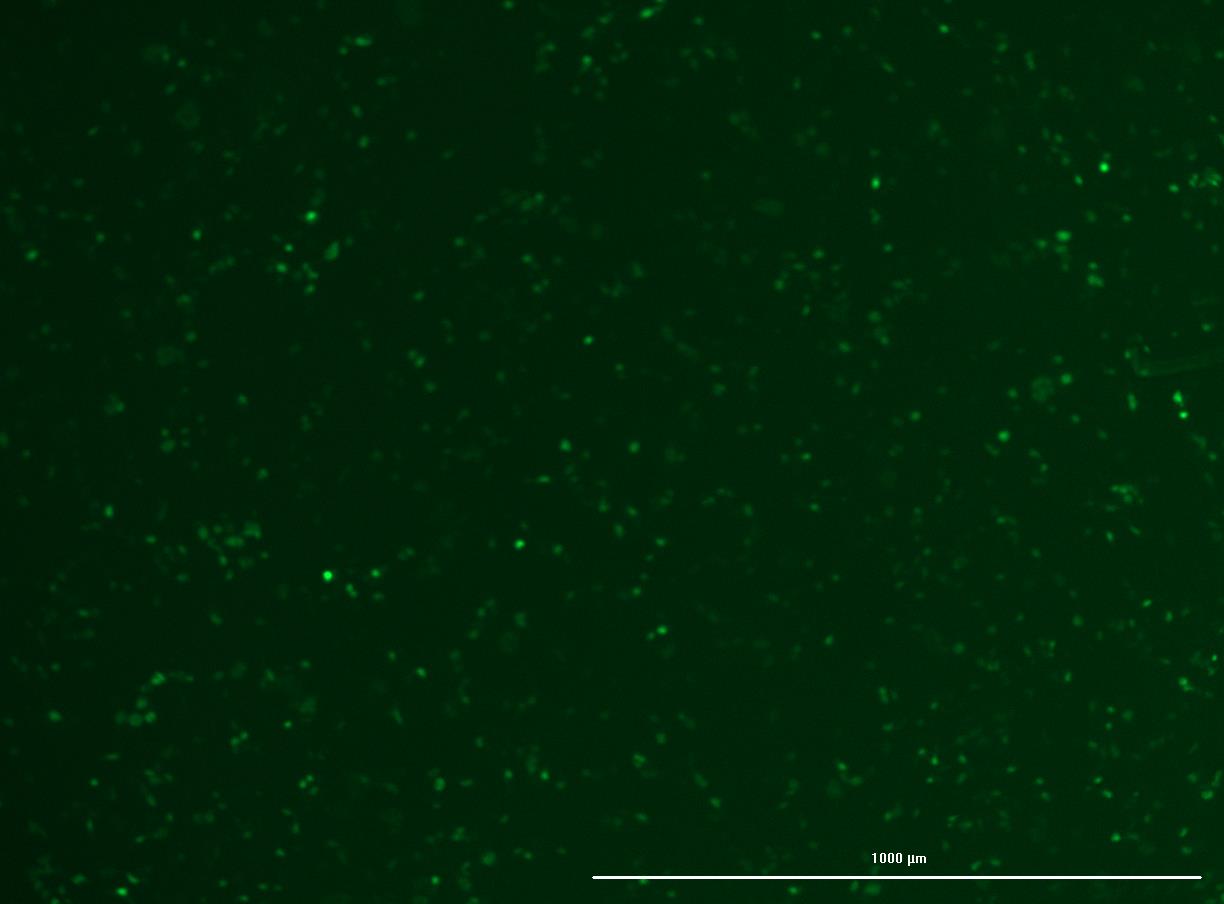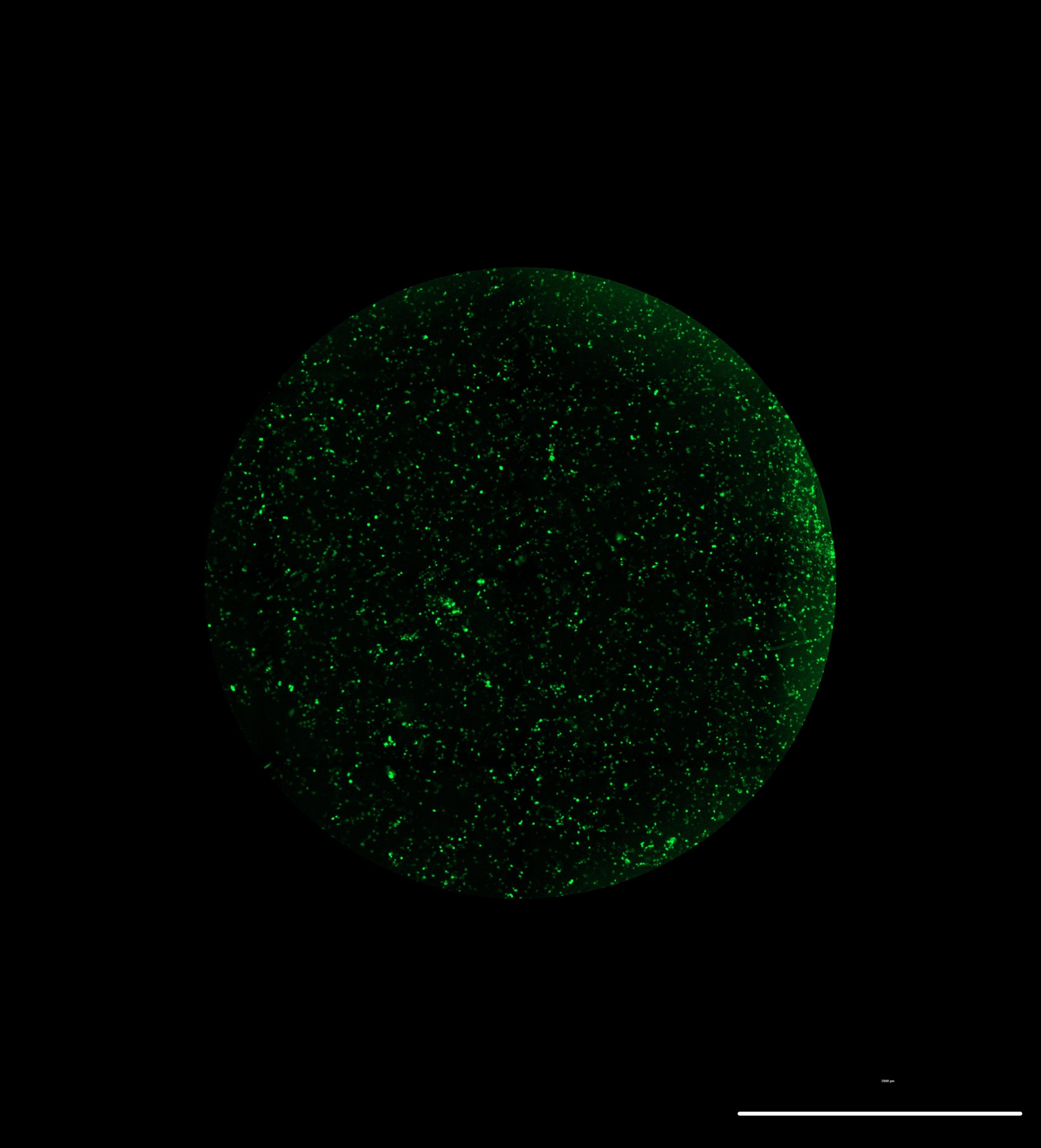A Rapid and Sensitive Approach to Detecting SARS-CoV-2
Gold Nanoparticles Enable Rapid SARS-CoV-2 Detection and InhibitionThere is a race in this pandemic to develop new technologies to detect SAR-CoV-2 virus and defeat its spread as quickly as possible. A bright light in this race recently appeared in a new paper published by Nanoscale Advances that describes a simple, incredibly sensitive assay for the detection of the coronavirus that causes COVID-19. (Pramanik et al., 2021).
A collaboration of researchers from Jackson State University and The University of Mississippi Medical Center created nanoparticles of gold attached to 4-aminothiophenol via an Au-S bond. In turn, these nanoparticles were functionalized by coating the gold beads with anti-spike antibodies, creating Ramen-based “biosensors” for SARS-CoV-2. In theory, the aggregation of the particles on the surface of a virus should produce a characteristic change in what is known as “Surface Enhanced Raman Spectroscopy” known as SERS for short. There were many technical challenges to making this technology work, but the beauty of the approach is the remarkable sensitivity of SERS, an important requirement for the arsenal of tools that are needed to combat emerging coronaviruses.
To test this coronavirus detection system, Pramanik and colleagues needed a safe facsimile of the SARS-CoV-2 virus. They chose the Montana Molecular pseudovirus which is an enveloped baculovirus coated with SARS-CoV-2 spike protein. A significant increase in the Raman signal was observed when pseudovirus particles combined with the Ramen biosensor. This increase is consistent with the observation that clumps of the biosensors can create “hotspots” with Ramen signals that increase by four orders of magnitude.
How sensitive is this new tool? The authors systematically varied the number of pseudoviruses in the assay to establish the relationship between viral number per ml and the size of the Ramen signal. This careful, quantitative analysis revealed that 18 pseudoviruses per mL produced a 2 fold increase in the Raman signal, a remarkable sensitivity that rivals conventional qPCR diagnostics. The elegant combination of chemistry, physics, and pseudoviruses is an example of how imaginative, multidisciplinary team work can produce a new generation of tools to combat SARS-CoV-2.

SARS-CoV-2 BacMam pseudovirus infected Ace-2 expressing HEK293T cells 48 hours post infection. Imaged at 4x and 10x magnification, respectively under fluorescent microscope.

Pramanik, Avijit, Ye Gao, Shamily Patibandla, Dipanwita Mitra, Martin G. McCandless, Lauren A. Fassero, Kalein Gates, Ritesh Tandon, and Paresh Chandra Ray. 2021. “The Rapid Diagnosis and Effective Inhibition of Coronavirus Using Spike Antibody Attached Gold Nanoparticles.” Nanoscale Advances, January. https://doi.org/10.1039/D0NA01007C.



